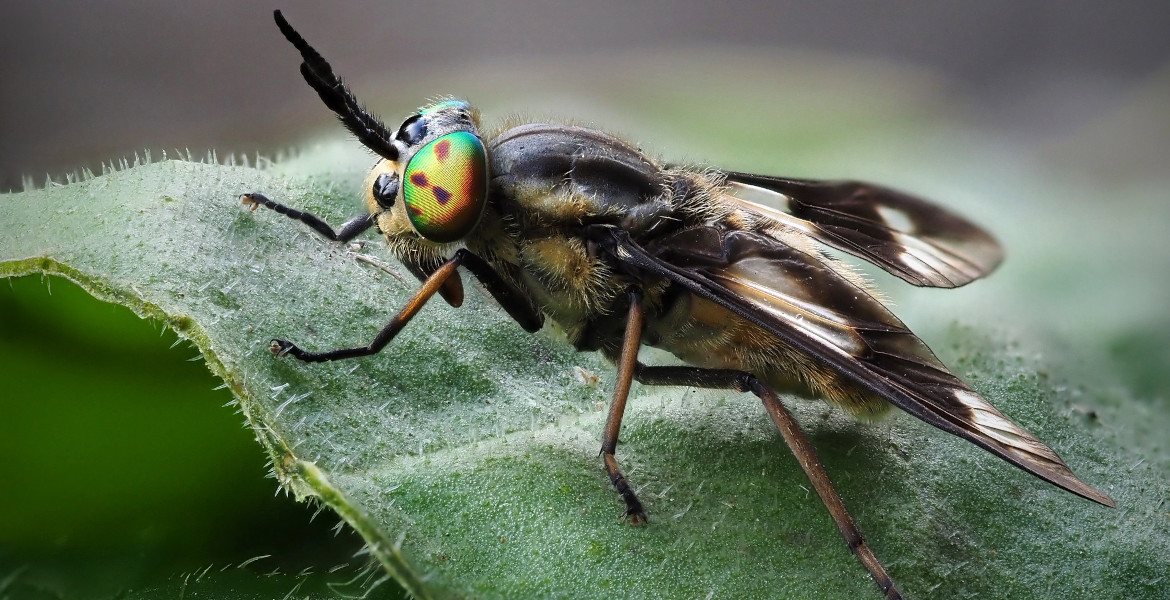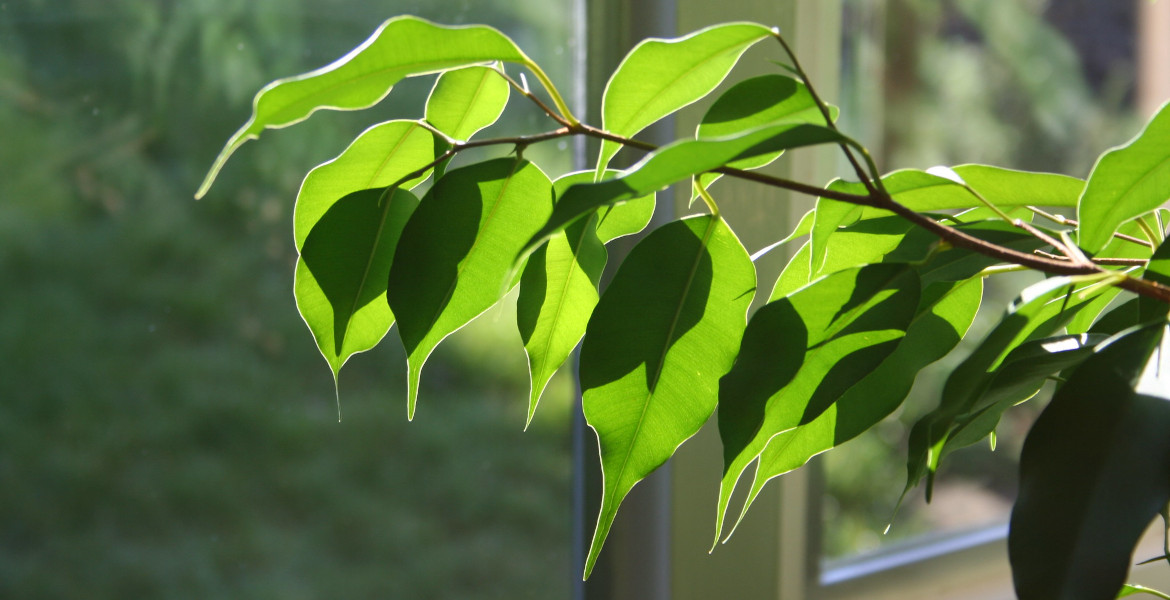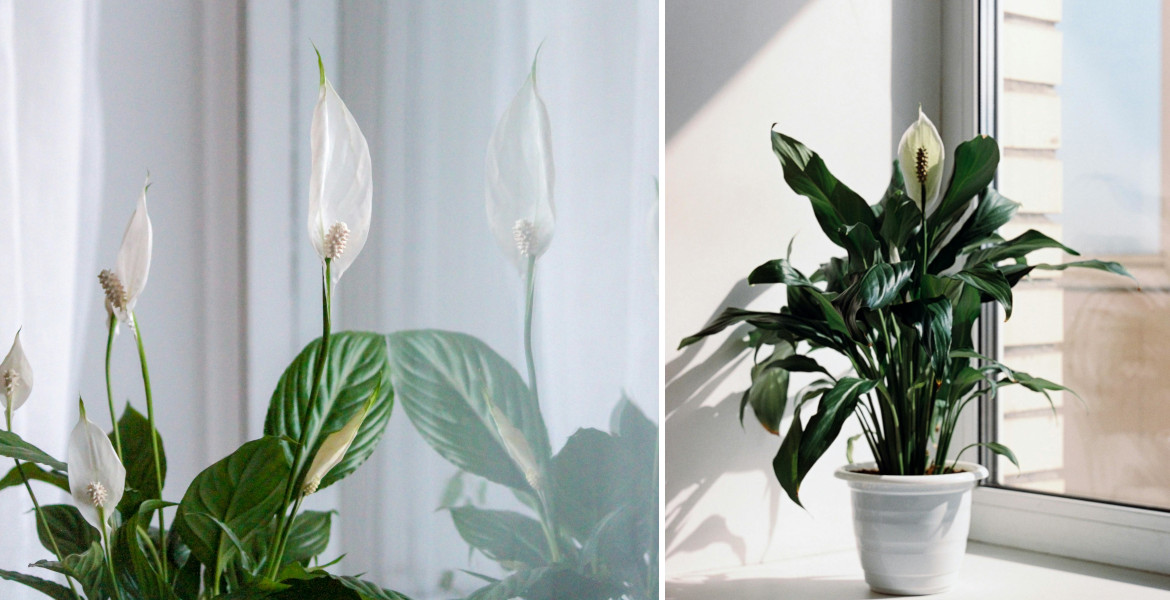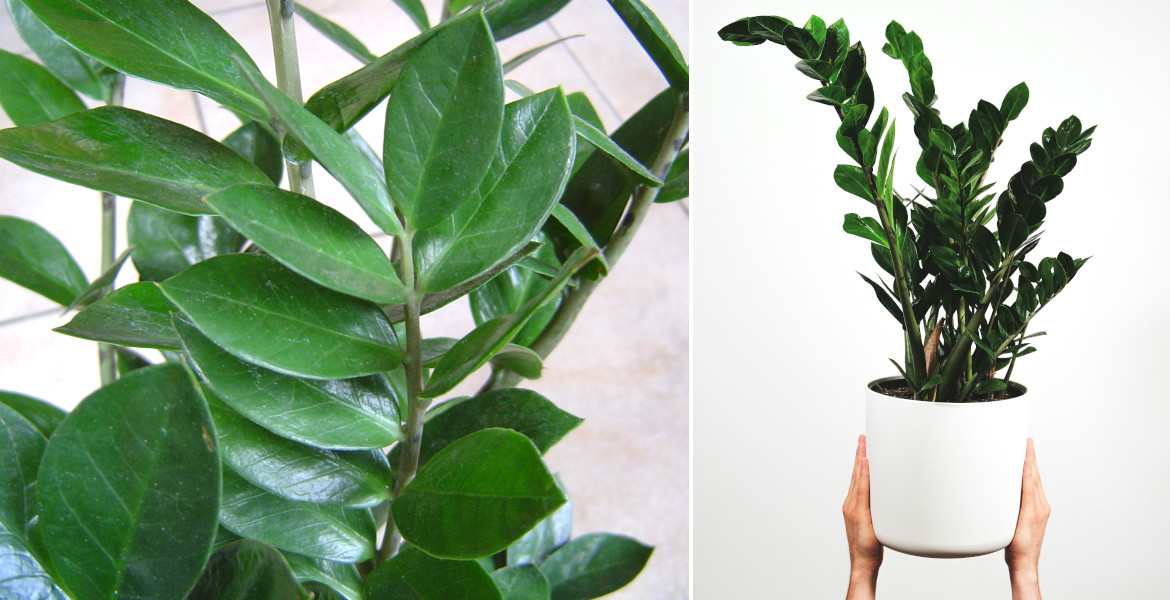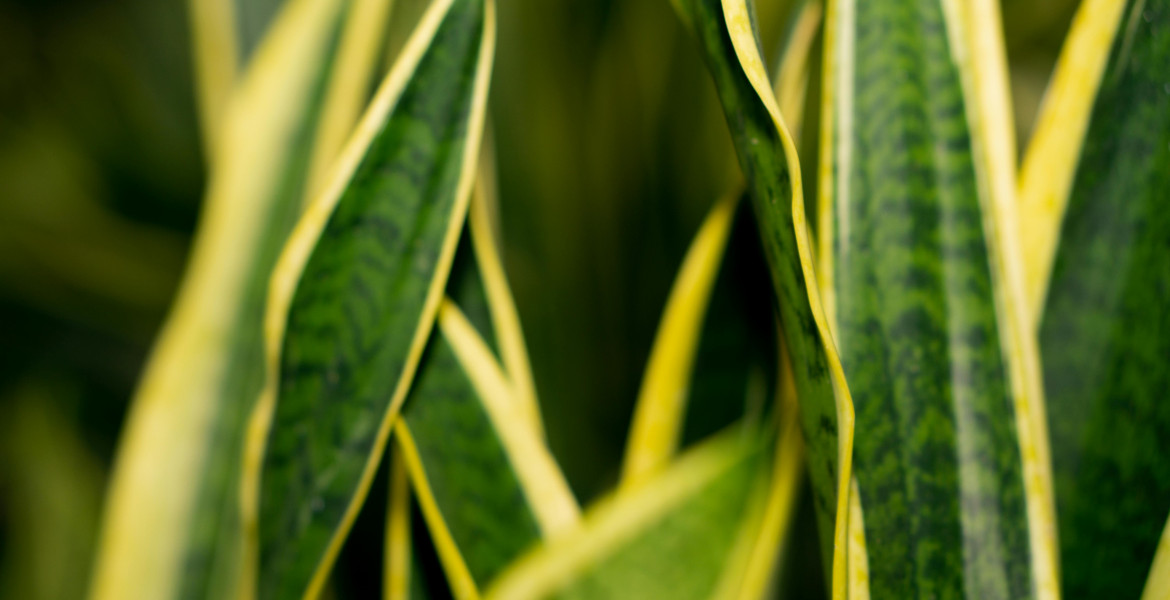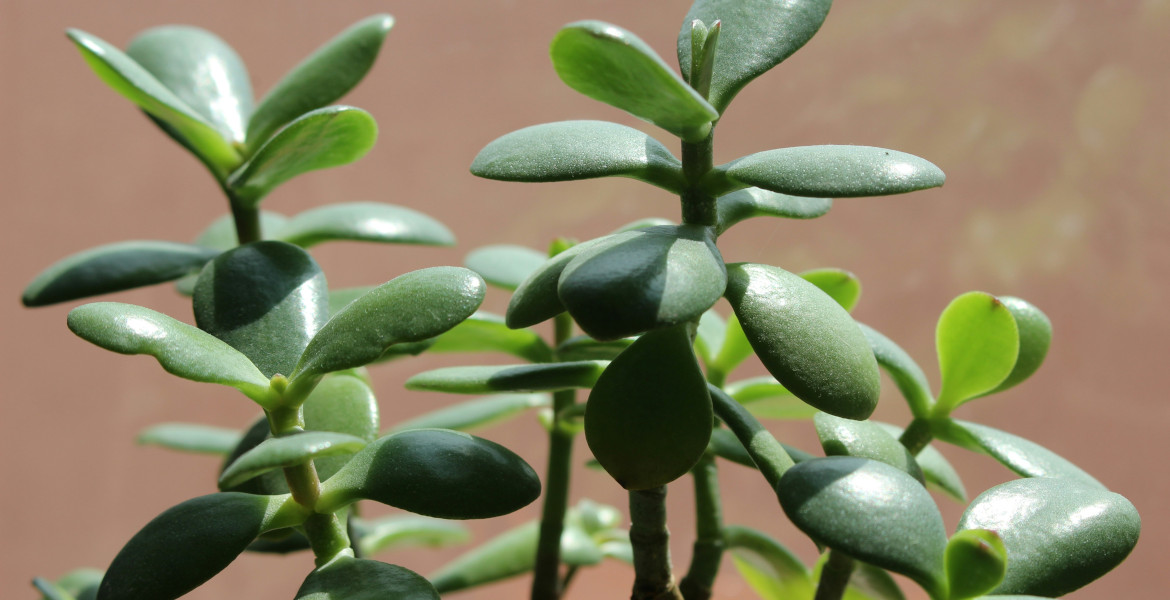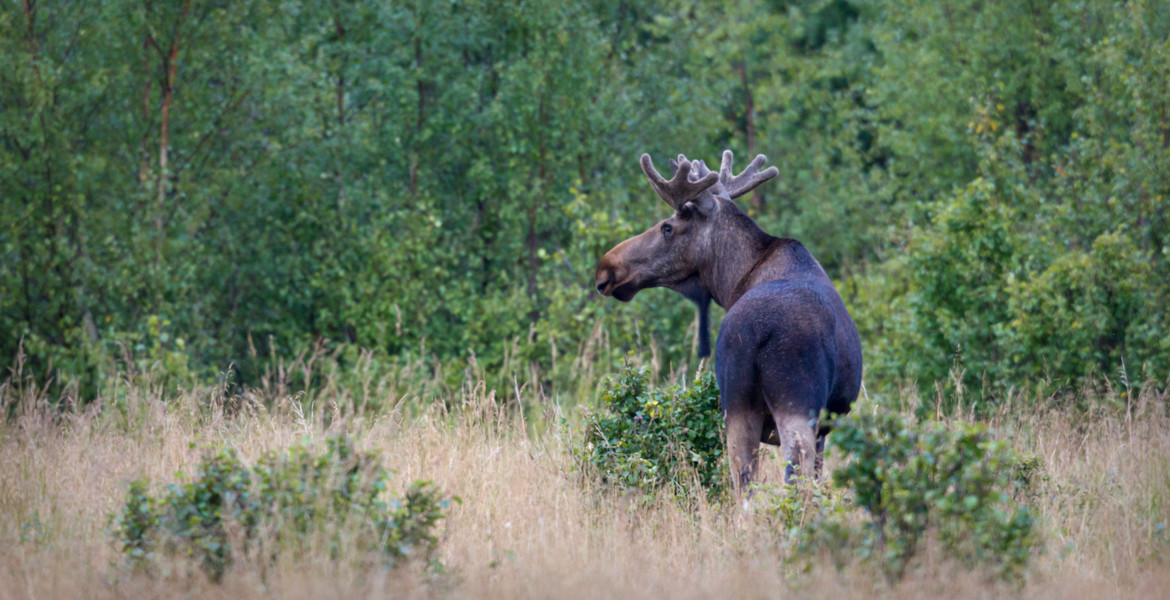Bites from horseflies can both hurt and cause allergic reactions. Here's what you can do to avoid being bitten.
In the Nordic countries, parts of the summer have offered warm and humid weather, which means a delight for the summer pest horsefly to thrive in. Summer is not yet over and neither is the risk of being bitten by a horsefly.
Horseflies, also called clegs, don't bite by stinging like mosquitoes, but cut open the skin with their mouthparts, which makes the bites more painful. Only females suck blood, which they need to develop their eggs. Males, however, are harmless and feed on nectar and pollen, making them pollinators.
The summer pest often stays near water, in pastures or by stables and mainly during daytime when the sun is shining.
Treat bites
Bites can cause symptoms such as swelling, itching and even allergic reactions. Often it's not a major danger, but more an irritating element after a day at the beach. However, if you want to be on the safe side, you can clean the bite. If you're very bothered by the bite, you can relieve it by dabbing with an aloe vera product or applying a local anesthetic ointment. For severe reactions, it can also be good to take antihistamines.
Don't look like a flower
To avoid being bitten by horseflies, it can be advantageous to neither smell like nor look like a flower, writes Land.se (a Swedish agricultural publication). That is, avoid both colorful clothes and perfume. If you see a horsefly swarm, it's best to be still and quiet, so maybe it will pass by. Horseflies are also attracted to sweat, something that's harder to avoid in the heat. Mosquito repellent can to some extent help against being bitten.
Food also attracts horseflies, so you can for example cover the food before eating if dinner is to be consumed outdoors.
Don't panic
If you happen to end up in a swarm of horseflies, it's best not to panic. Keep your mouth closed, otherwise there's a risk of being bitten in the mouth, and it can also be good to close your eyes – but a tip is to take in the surroundings first so you don't stumble into a tree.
Then you should move slowly away from the swarm, with your arms as still as possible.
Think about your clothes
Avoid loose-fitting clothes since the horsefly can accidentally get caught between the fabric and body, which of course risks bites. Going barefoot should also be avoided. Preferably you should have full-coverage clothing if you want to be more certain not to be bitten, which also means having something on your feet – barefoot in the grass is therefore not a good idea.
It's better to dress light and matte, than dark and shiny. Especially black and blue are colors that horseflies are attracted to.
Fact: Horse flies
Horse flies are large, blood-sucking flies that belong to the family Tabanidae and are found throughout Sweden, particularly during warm summer months. The country has around 45 species distributed across several genera.
This summer pest is recognizable by its robust body structure, large eyes and patterned or spotted wings. Body length varies between 6 and 25 millimeters depending on species.
Among the most common species in Sweden are the deer fly (Chrysops relictus), which is silent and fast, the notch-horned cleg fly (Haematopota pluvialis), which thrives in the northern parts of the country, and the pale giant horse-fly (Tabanus bovinus), one of the largest and most aggressive.
